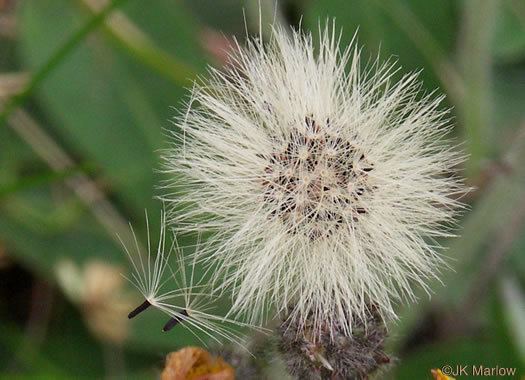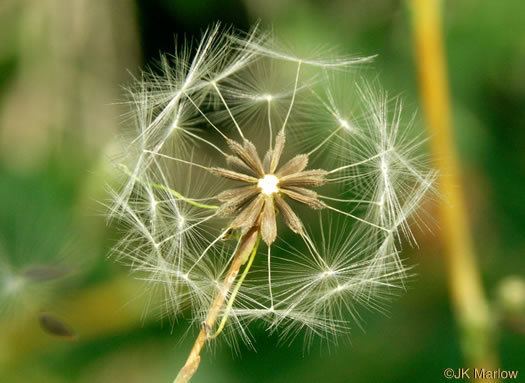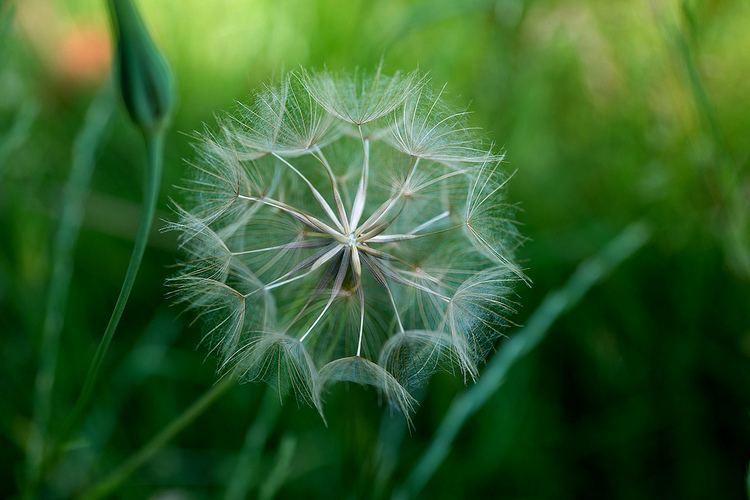 | ||
The pappus is the modified calyx, the part of an individual floret, that surrounds the base of the corolla tube in flower heads of the plant family Asteraceae. The term is sometimes used in other plant families such as Asclepiadaceae (milkweeds), whose seeds have a similar structure attached, although it is not related to the calyx of the flower.

The Asteraceae pappus may be composed of bristles (sometimes feathery), awns, scales, or may be absent. In some species, the pappus is too small to see without magnification. In some species, such as Dandelion or Eupatorium, feathery bristles of the pappus function as a "parachute" which enables the seed to be carried by the wind. The name derives from the Ancient Greek word pappos, Latin pappus, meaning "old man", so used for a plant (assumed to be an Erigeron species) having bristles and also for the woolly, hairy seed of certain plants.



